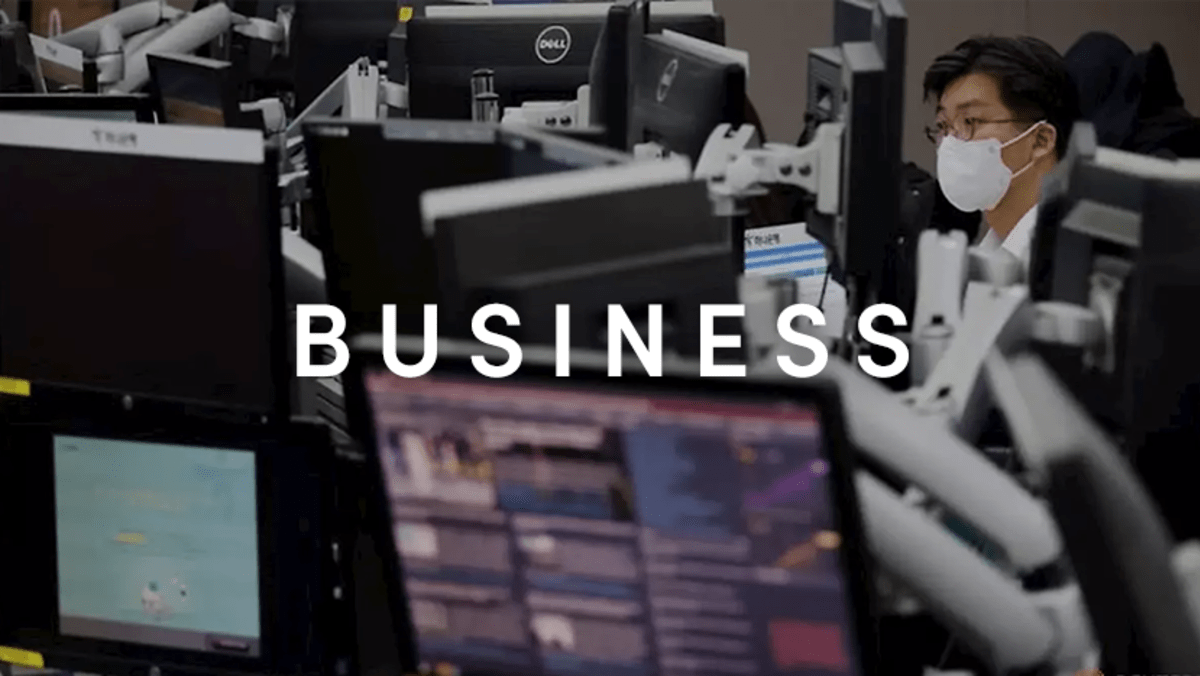Fed likely to deliver small rate hike but keep anti-inflation tilt
Caught flat-footed last year as inflation accelerated and threatened to prove far more persistent than anticipated, the Fed approved the fastest interest rate hikes since the 1980s. Starting with a quarter-percentage-point increase in March, the central bank by the summer was raising rates in increments of three-quarters of a percentage point, and all told moved the target policy rate up by 4.25 percentage points in just 10 months. It delivered a half-percentage-point hike at its Dec 13 to Dec 14 policy meeting.
The impact of the policy moves seems to be gaining steam. New data last week showed a key inflation measure slowed faster than expected in December, continuing a six-month downward trend. Growth in employment costs, closely watched as a possible indicator of future price increases, also slowed in the fourth quarter.
But the Fed’s preferred measure of inflation, the personal consumption expenditures price index, still rose at a 5 per cent annual rate in December, down from a June high of nearly 7 per cent but still more than double the central bank’s 2 per cent inflation target.
New data released on Wednesday also showed one closely-watched measure of worker demand remained elevated, with the number of job openings in December rising back above 11 million to a level nearly double the number of people unemployed. The mismatch between the number of open jobs compared to the number of people looking for work is among the main economic imbalances the Fed feels may keep inflation elevated.
Policymakers are adamant they will not make what they consider to be the crucial error of pausing further rate hikes until they are convinced inflation is on a durable path back to the 2 per cent goal.
“HAWKISH RESOLVE”
Some analysts do expect the Fed to remove from its policy statement the current, open-ended promise of “ongoing increases” in interest rates, a phrase used since the central bank began its tightening cycle in March. Any new language, however, would still leave the door open for further increases depending on incoming economic data, particularly on inflation and jobs.
The expected move to 25-basis-point rate increases will be a “hawkish downshift,” BNP Paribas economists wrote ahead of this week’s policy meeting.
“While we expect the Fed to downshift the pace of tightening to 25bp increments … we also anticipate a hawkish resolve … Policymakers are encouraged by recent developments, but appear to remain united in the need to ‘keep at it’ with respect to reducing inflation pressures.”
For all the latest world News Click Here

